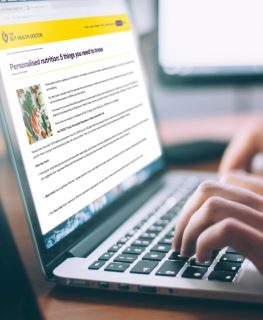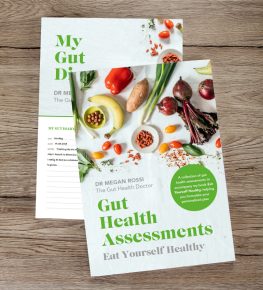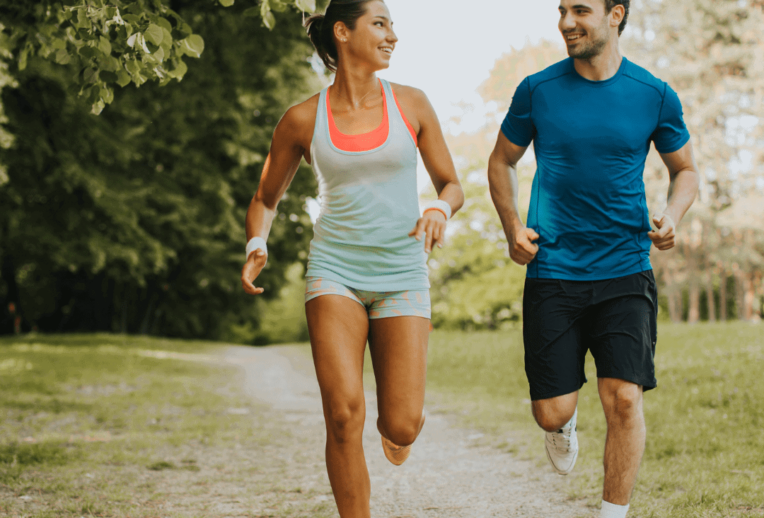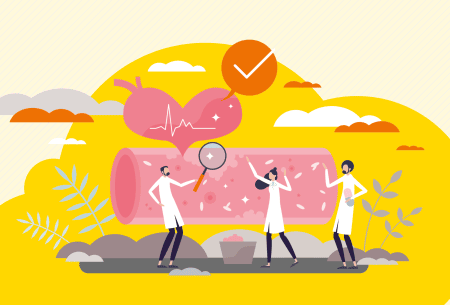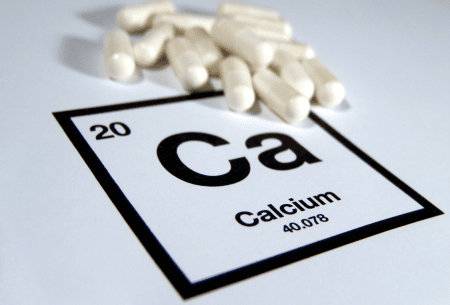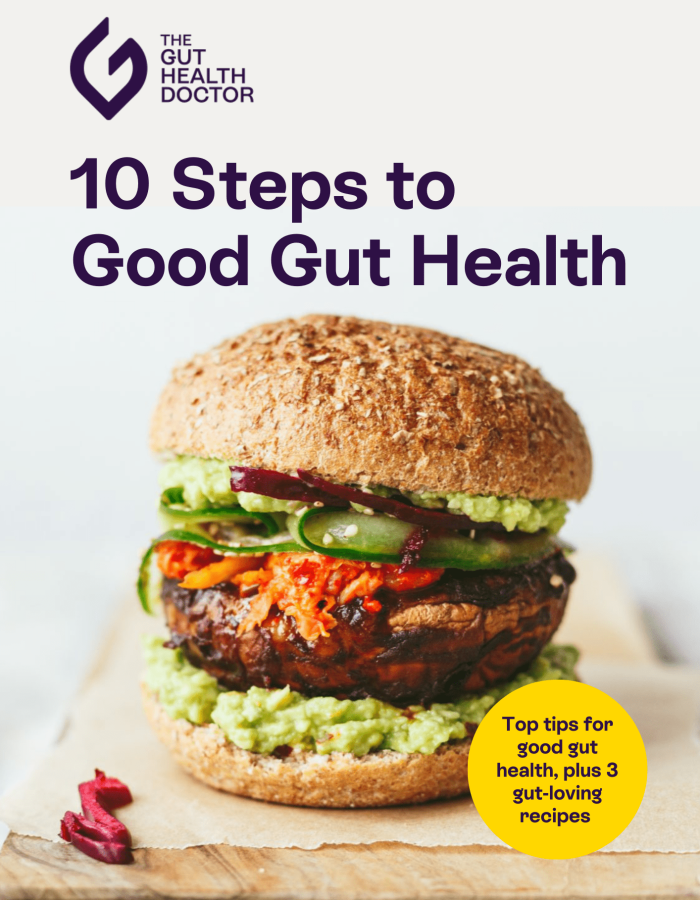Exercise is key to helping us live our healthiest and happiest lives. From helping to manage the size of our waistline, strengthening our bones and muscles, to keeping our brain healthy. But what impact does exercise have on our gut function?
The Good
Moderate intensity exercise may improve gut symptoms
Moderate intensity exercise such as brisk walking or cycling may improve our gut movement. which in turn can support digestion and reduce gas and bloating.
Regular exercise may improve our gut microbial diversity
Physical activity may favourably increase the range and number of bacteria in our gut, resulting in a more diverse range of gut microbes. More diversity in our gut microbes results in different skills we may acquire to optimise our health and prevent disease. Science suggests that regular physical activity is where we start to see these benefits.
Exercise can also help to manage stress
Exercise can also help to manage stress, which can have a significant impact on gut function via the gut-microbiota-brain axis. This is the two-way communication channel between our brain and our gut bacteria. Such communication within the body is how chronic stress can disrupt the normal functioning of our digestive system and lead to a range of digestive issues, such as bloating, urgency to go to the toilet and pain.
Exercise indirectly improves our gut health by improving sleep
Exercise can improve our sleep quality. Science suggests that when our sleep quality is impaired it can also influence the diversity of our gut microbiome. This may possibly be as a result of shifts in our serotonin levels – which is a hormone that helps us get a good kip!
The Not So Good
High intensity exercise may trigger gut symptoms
High intensity exercise (such as running or rowing) may have the opposite effect. The intensity of such exercises can redirect our blood flow away from our gut; to our lungs, brain and the muscles we are using instead. This means less movement is able to take place in our gut, leading to symptoms such as reflux, nausea, vomiting and possibly diarrhea for some.
Greater risk of dehydration may trigger gut symptoms
Similar symptoms can also be the result of us not rehydrating properly. Hydration needs will increase depending on the type of exercise, intensity and duration. If we do not increase our intake to match this we can be at a higher risk of dehydration. Dehydration can lead to decreased gut muscle movement, slowing down digestion and potentially leading to symptoms such as constipation or bloating.
You may need to change your diet
If you eat 2-3 large meals a day and no snacks, you may need to try spreading your meals out into smaller portions. Large meals take more time to digest, which may be 2-4 hours or more. Exercising during this digestion process could lead to unpleasant gut symptoms such as nausea and vomiting.
How to exercise for your microbes
- Build up your exercise intensity and duration gradually to give your gut time to adjust. You may benefit from investing in an exercise specialist such as a personal trainer if you are starting out.
- Find an exercise routine you can stick to. Ultimately the gut health benefits of exercise will come down to how consistent you are with your routine. Let’s face it, getting up at 6am every morning to do a HIIT workout is not a long-term solution. Instead, be flexible and find something you enjoy – this is what will keep you motivated.
- Avoid large meals before training. Reduced blood flow as a result of exercise (particularly the more intense kind) can lead to discomfort and other gut symptoms. Wait at least 2 hours after eating a large meal as a general rule of thumb.
- Eaten something high in fat or fibre? You also should wait at least 2 hours before doing any exercise that is more intense. A light walk or something more leisurely may be the safer option.
- Replenish like a pro. Fluids are one part of replenishing our body properly after exercising (see below), but diet is also super important. Ensure your meals have some protein (think beans, fish, eggs, dairy, tofu, chicken) for muscle repair, carbohydrates (think whole grains, fruits, vegetables, legumes) to restore energy stores, fats (we love extra virgin olive oil, nuts, seeds, tahini, nut butter) and plenty of colourful plants.
- Drink fluids before, during and after exercise. Aim for straw coloured urine as a general rule of thumb. You can also work with a dietitian who can help you determine your individual needs.
- Keep caffeine moderate. Caffeine can help to boost our exercise performance, but too much can stimulate bowel movements. Try having a single shot espresso in your coffee of choice, or having some milk alongside to reduce the absorption of the caffeine. Slow absorption = less likely to stimulate any urgent bowel movements.
- Make time for rest. Overexercising may lead to inflammation and injury. Make sure to listen to your body and schedule in some TLC in the form of rest!
Summary
Exercise is a powerful tool for gut health optimisation when you find what works for you and your gut. A well planned diet can help you perform your best and keep gut symptoms at bay!
If you would love some personalised guidance on optimising your exercise routine in line with your gut health, book here to see me at The Gut Health Clinic where I’d be happy to help.





